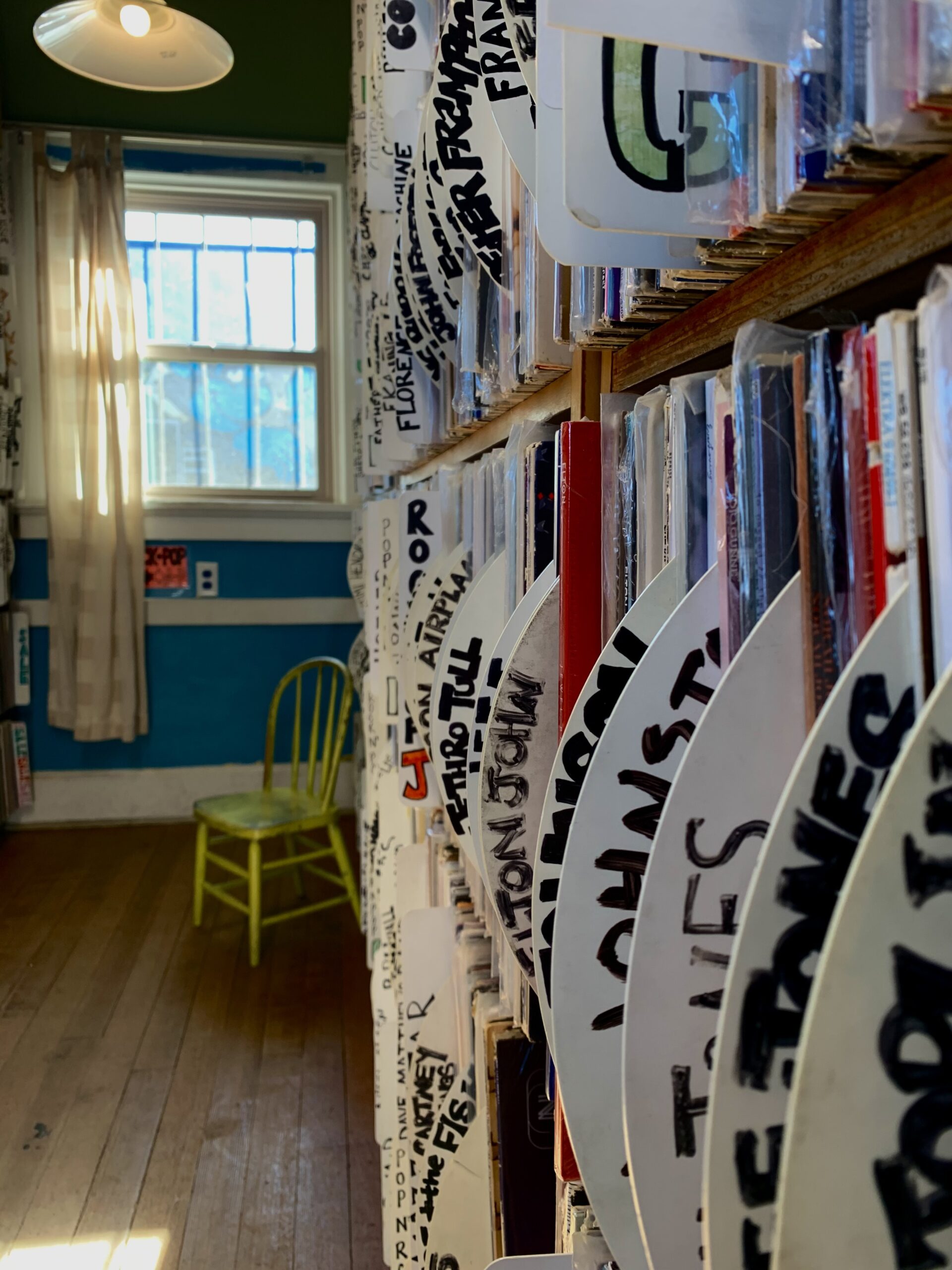For this post, I could bore you with the long history of the record industry. Rather than that, I’ll start off with a summarized version so you can better follow along in future posts.
Almost 80 years ago, vinyl records became available to society. Since then, their popularity has ebbed and flowed. The technology behind their structure and production is also ever-changing. My parents grew up in the 60s and 70s when everyone had a record player, at least one, in their homes. They describe this time and their generation as being very music oriented. I would say that my generation is music centric as well. This partially explains the connection with the booming popularity of the industry then and now. Listening to music is the common ground and the methods of listening is the dynamic force: a factor that controls or influences a process of growth. During the 60s, Billboard magazine started publicizing weekly charts that listed the best-selling records. The most well known to this day: The Rolling Stones, Aretha Franklin, Jefferson Airplane, Jimi Hendrix, Elvis Presley, Johnny Cash, The Beatles, just to name a few and leaving out many more, hit the top charts during this decade.
Vinyl sales reached new peaks during the 60s and 70s. The highest sales that society had seen at this point was in 1978 when “… 341.3 million units sold, making up 47 percent of the total sales volume of all music formats”(Wide Open Country). To think that vinyl records made up almost 50% of music consumption at the time is fascinating. According to the CBS News article published in 2021 about streaming platforms today, online streaming services make up about 41% of how Americans listen to music vs. other formats.(CBS News). So yes, digital streaming has taken over the music industry. Making music accessible anywhere and at any moment; online platforms take up the majority of listening experiences.
This is our reality. This brings us into the discussion surrounding the amount of vinyl record owners that don’t even own a record player. A statistic that blew my mind when I first heard it, but you’ll have to wait until next week to learn. What is it about the visual satisfaction of owning a vinyl record without being able to play it? And how does marketing play into this? When you hear from me again, I’ll be going through advertising-based research about how artists, record labels and merchandisers are marketing vinyls to society today.
Corday, Karen. “The History of Vinyl Records: From the 1930s to Their 21st Century Resurgence.” Wide Open Country, 15 Apr. 2022, https://www.wideopencountry.com/history-of-vinyl-records/. Backus, Fred. “Streaming Surpasses Radio as the Top Way to Listen to Music.” CBS News, CBS Interactive, 16 Apr. 2021, https://www.cbsnews.com/news/streaming-tops-radio-as-the-top-way-to-listen-to-music/.
